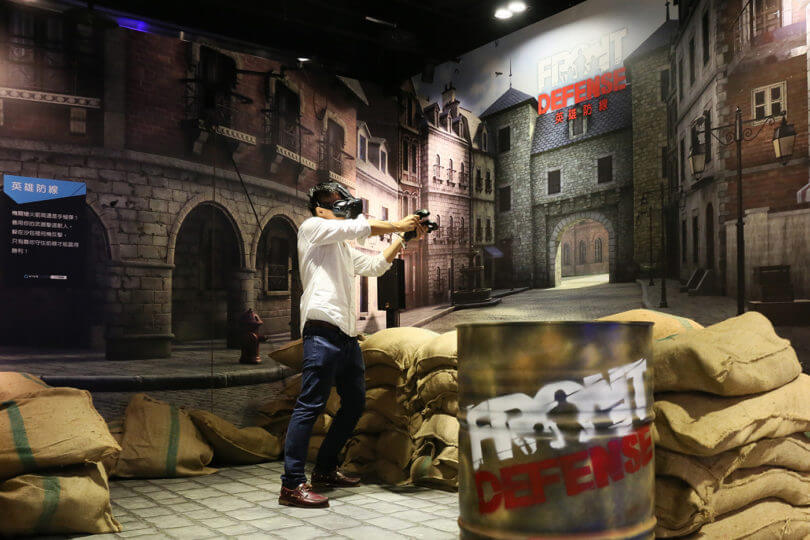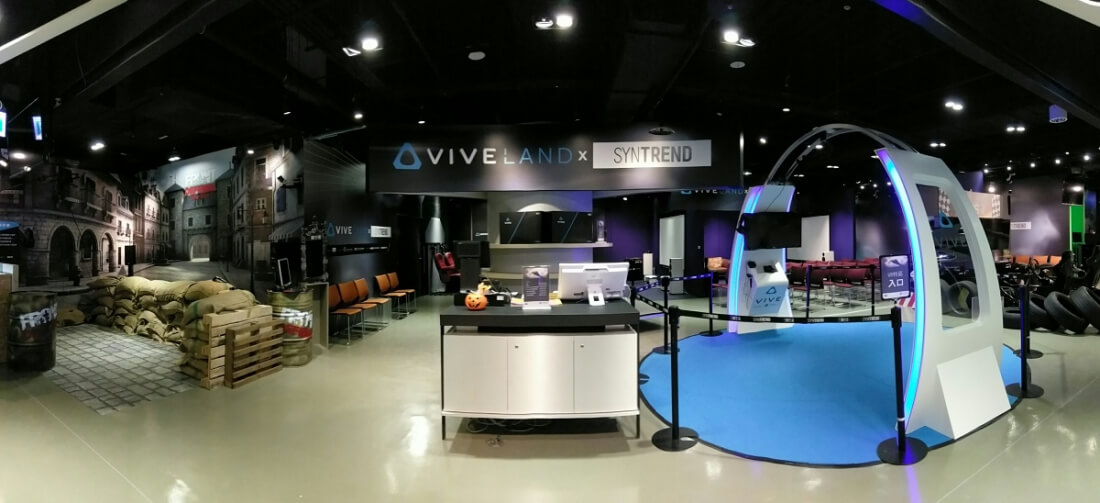Arcades started to die off in the nineties as home entertainment systems became cheaper and more powerful. But modern technology is making these venues popular once again, especially in Asia, thanks in no small part to virtual reality.
Now, HTC wants a bigger slice of the action by introducing VR arcade games to a number of markets across the world. The Taiwanese company's new Viveport Arcade program will help arcade operators purchase commercial licenses for VR titles.
VR game developers just need to opt in when adding their products to the Viveport store. Arcade operators then purchase a certain amount of minutes for these games - there are 120 titles so far - which are sold to customers for use in the Vive machines. Once all the purchased minutes have been spent, HTC splits the money with the developers.
Viveport is coming to China and Taiwan first, but it's rolling out to other locations, including the US and Europe, by the end of next year.
HTC signed a partnership deal late last year that will bring its headsets to China's enormous internet café market. The company also has its own VR theme park, Viveland, in Taipei, where visitors pay between $5 and $12 for Vive experiences.

Virtual Reality and arcades seem made for each other. Some of the issues people have with PC-powered headsets is that they are too expensive and the experience often loses its appeal the longer players spend on them. Paying around $5 - $10 for 30 minutes in a VR game could be one of the best ways of monetizing the technology.
Earlier this month, Atari co-founder Nolan Bushnell launched a new company called Modal VR that aims to bring its wireless virtual reality program to arcades.
Another company that sees the potential for VR arcades is Sega. The Sonic creator wants to bring Zero Latency's immersive zombie shooter to its venues in Japan. The Australian company is also working on deals to launch its VR technology in the US, China, and Europe.
Image credit: VR Scout
